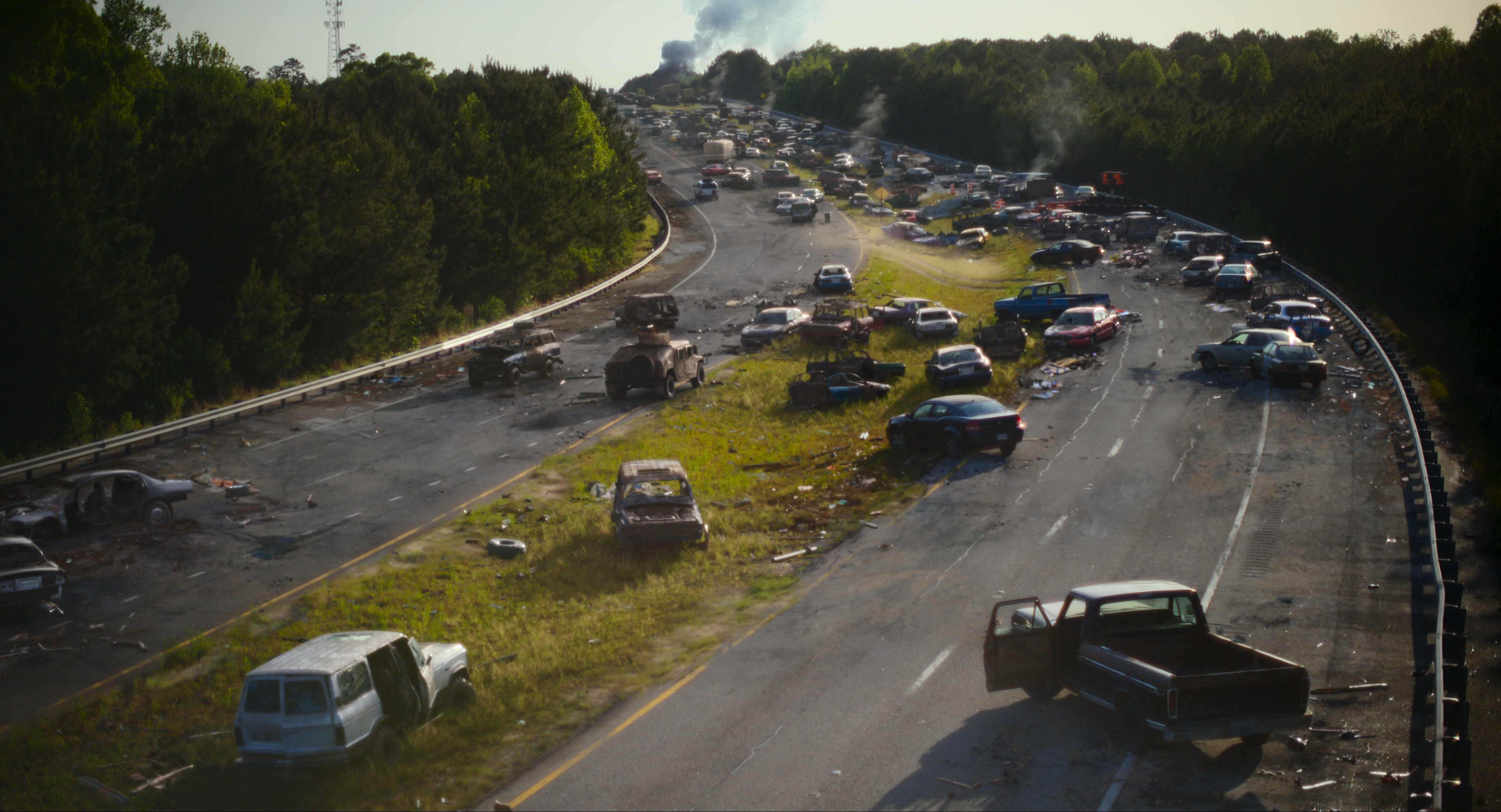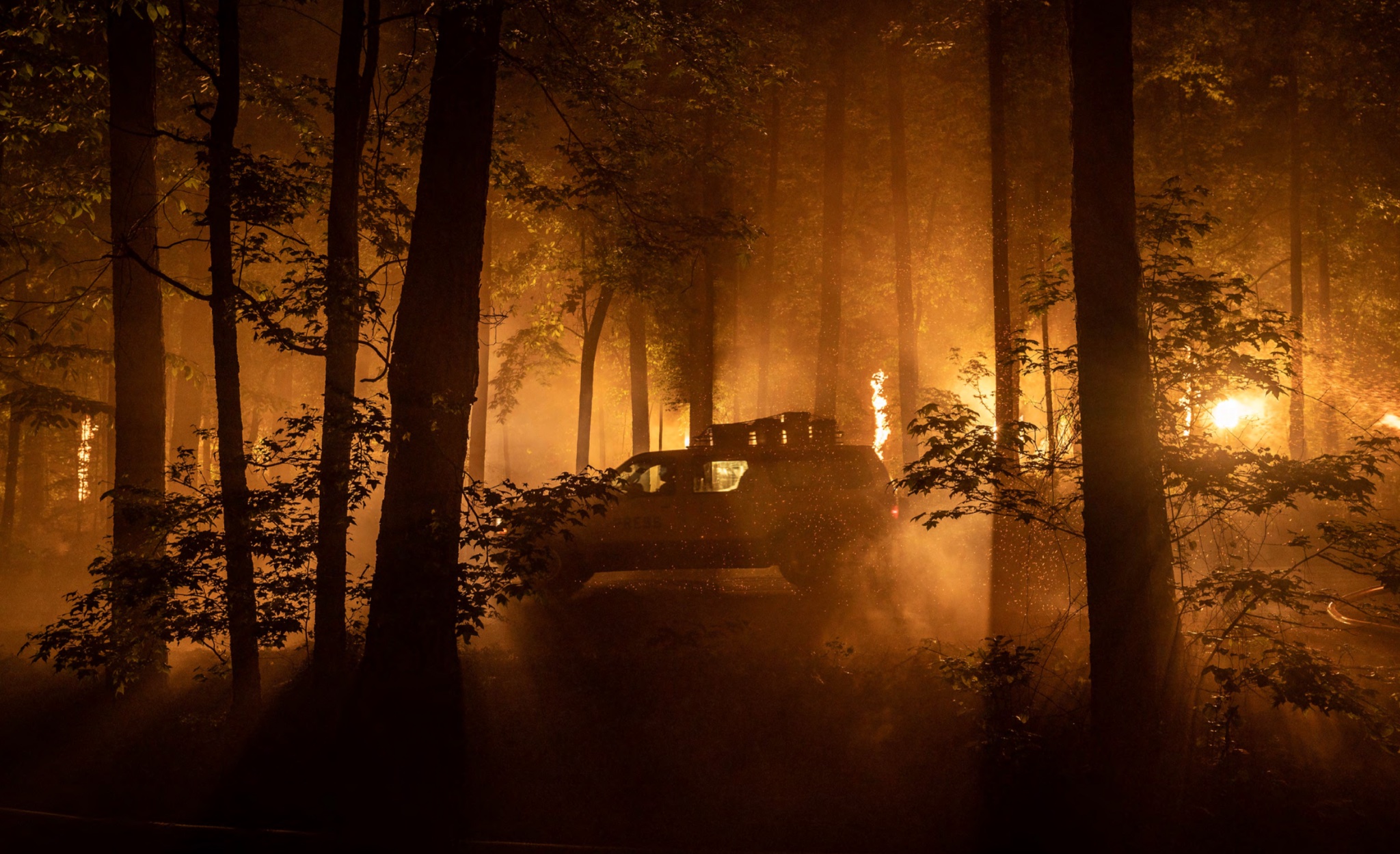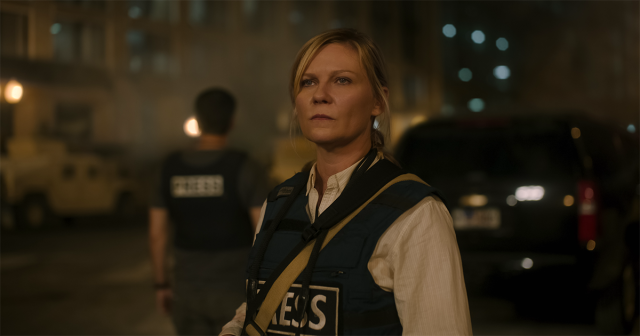
Choice of camera and lens has always mattered to visual artists but automatically reaching for a high-end digital cine (or 35mm) package is being challenged thanks to the success of recent filmmakers.
Gareth Edwards’ $80 million The Creator and Alex Garland’s $50 million Civil War are the prize examples of big budget IMAX releases shot largely with unconventional prosumer-style cameras.
Although cameras like the Sony FX3 and DJI Ronin 4D are considerably less expensive than high end digital cine gear like a Panavised RED or Sony Venice cost was less a reason for their use on these films than their suitability for the job.
As Garland said about the Ronin 4D integrated camera and gimbal, “It’s a beautiful tool, not right for every movie, but uniquely right for some.”
That’s how filmmaker and photographer Patrick Tomasso thinks filmmakers should now approach all cameras.
READ MORE: “Civil War:” The Camerawork to Capture the Chaos (NAB Amplify)
“Not every camera is right for every movie,” he argues in a YouTube video. “I’m not suggesting that you go shoot your movie with an iPhone or a GoPro. I’m suggesting that you just find the camera that lets you accomplish the narrative and story that you wish to tell.”
It could be an ARRI Alexa but it could just as easily be a Blackmagic Ursa 12K or a Sony FX3 or maybe even a GoPro.
“It doesn’t really matter as long as you know the one that’s going to have the least amount of barriers between you and the thing that you want to create.”
Tomasso points to the 2013 thriller Blue Ruin shot on the Canon C300 as another example where director and DP Jeremy Saulnier wanted kit for rapid set ups and control over lighting.
Steven Soderbergh is a past master in this field, having experimented by shooting an entire feature on an iPhone (Unsane, 2018). “I think this is the future. Anyone going to see this movie without any idea of the backstory to the production will have no idea this was shot on the phone.”
As The Guardian’s Charles Bramesco pointed out, “It’s the skill of a great artist to turn a limitation into a strength, and indeed, Soderbergh has harnessed the potential of the gizmo in your pocket to create a striking and affecting new visual dialect.”
Soderbergh is at it again with new psychological thriller Presence, which he shot on a Sony DSLR to achieve a fluid point-of-view perspective in keeping with his creepy story.
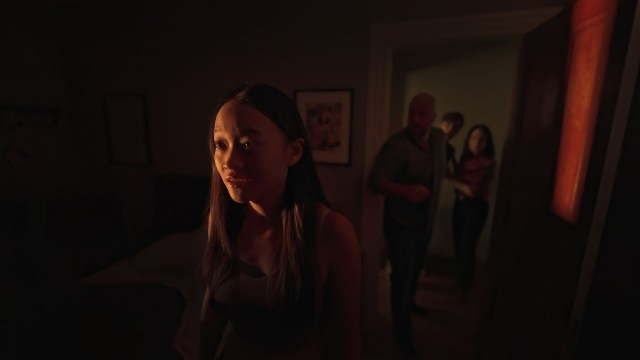
READ MORE: “Presence:” Shooting Steven Soderbergh’s Ghost Story (From the Ghost’s POV) (NAB Amplify)
Provided the camera meets the specs for distribution (theatrical, IMAX, streaming, etc.) then what’s the big deal with using a camera that could be snapped up on eBay rather than rented for a hundred thousand dollars?
These films don’t look as good as they do because of the cameras being used, contends Tomasso. They look good because of the skill of the cinematographer and of the director because they’ve chosen the right tool for the particular story they are telling.
“It’s having an excellent eye. It’s knowing framing and composition. It’s shooting at the right hours of the day on top of great wardrobe and locations and props which is why the movie looks so good.”
He says filmmakers have faced challenges because of the assumption that the best of the best equipment was needed to make good, successful, high end projects when in fact filmmakers like Garland and Soderbergh are willing to experiment and try things that are cheap, small, or DIY.
“It means the industry is getting off its high horse [with] the idea that you have to have an Alexa or a Sony Venice [or other] prestige cameras to make prestige content.”
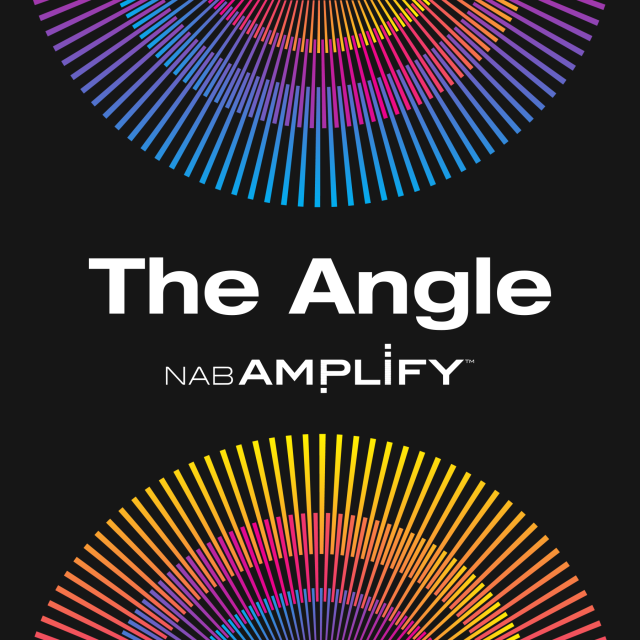
Why subscribe to The Angle?
Exclusive Insights: Get editorial roundups of the cutting-edge content that matters most.
Behind-the-Scenes Access: Peek behind the curtain with in-depth Q&As featuring industry experts and thought leaders.
Unparalleled Access: NAB Amplify is your digital hub for technology, trends, and insights unavailable anywhere else.
Join a community of professionals who are as passionate about the future of film, television, and digital storytelling as you are. Subscribe to The Angle today!



